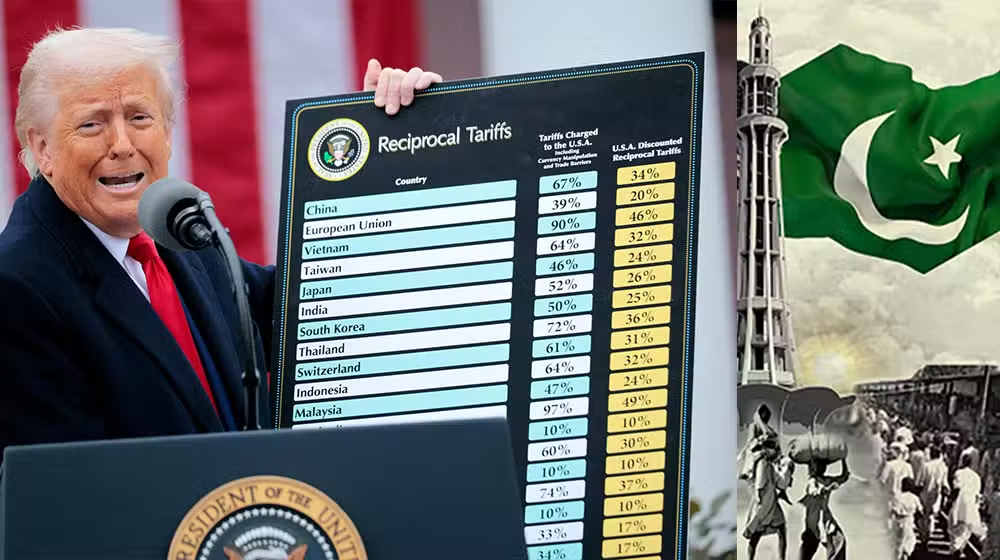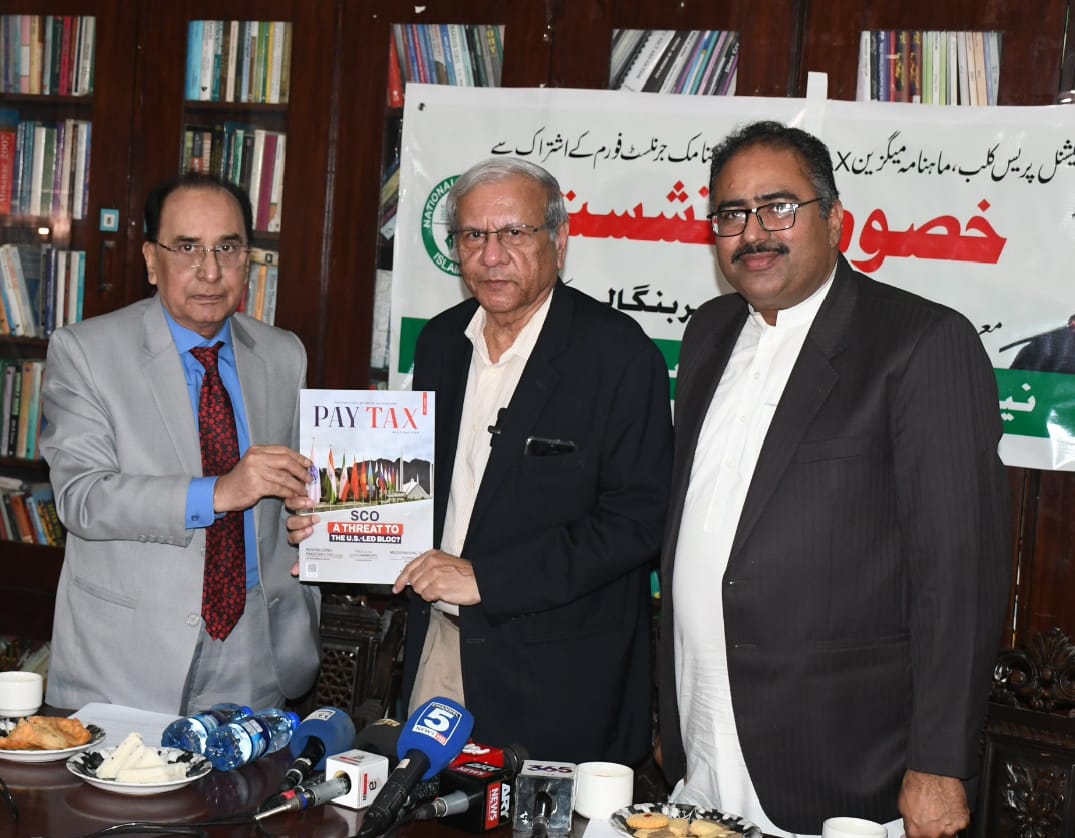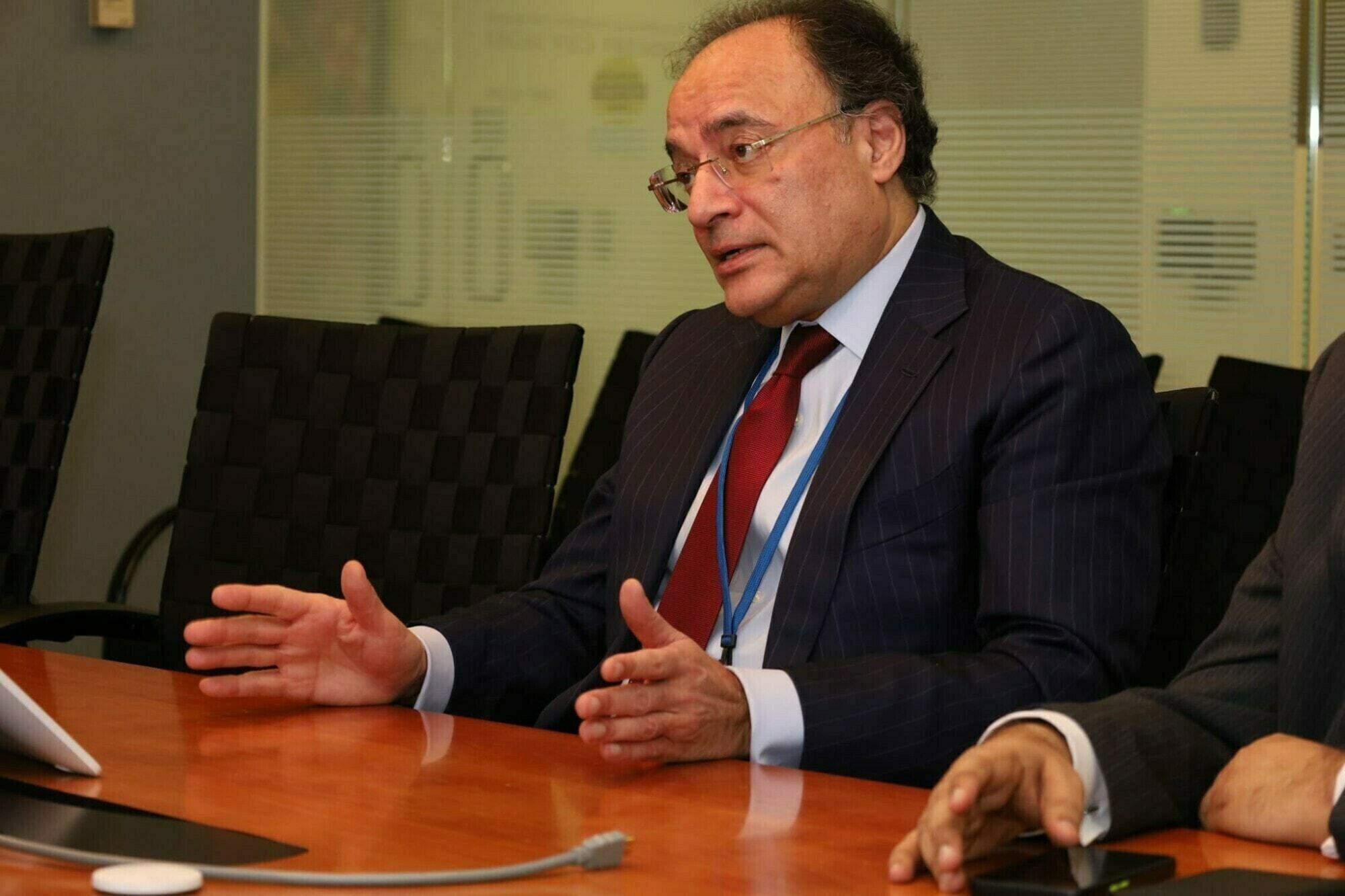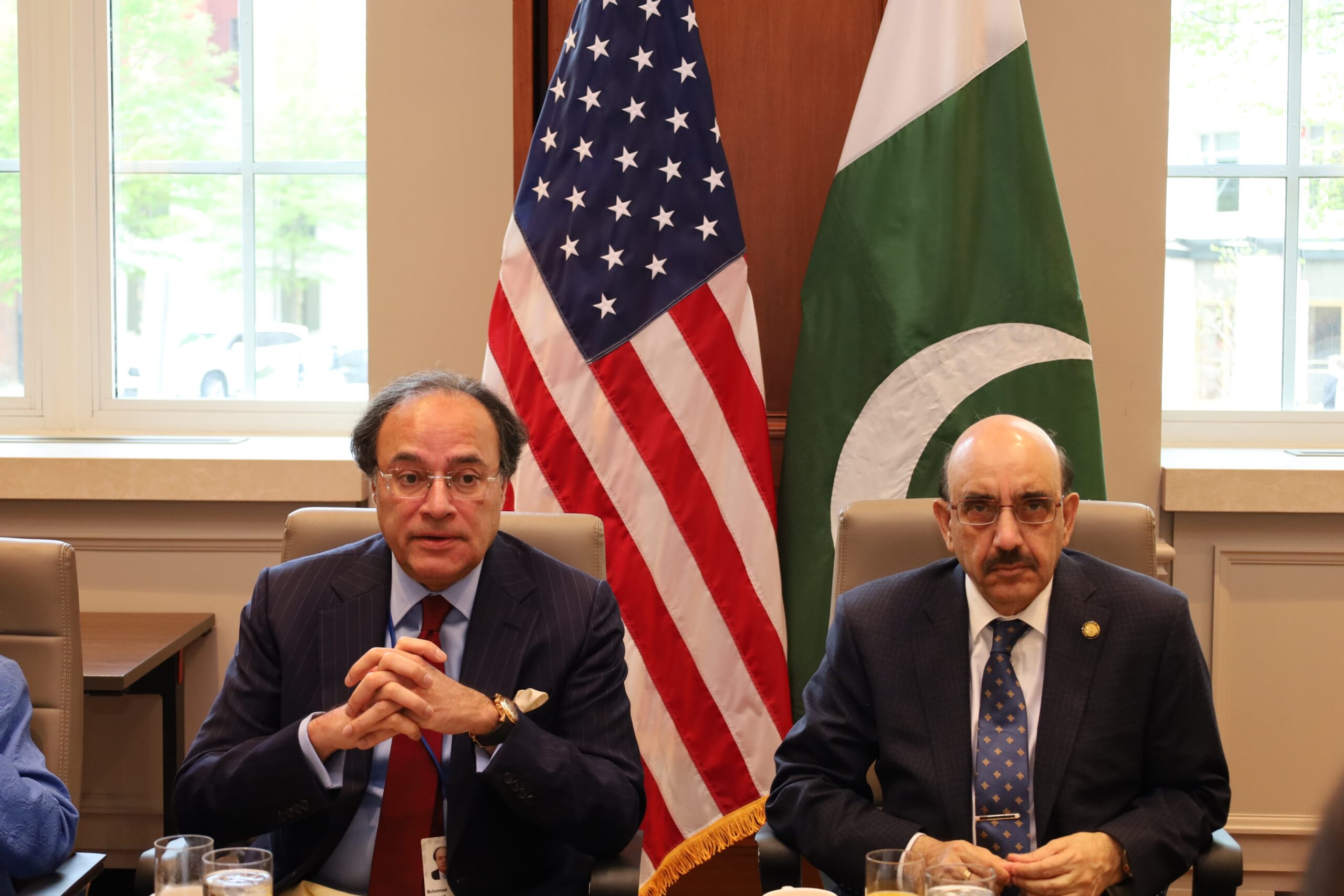PTBP Web Desk
As trade tensions continue to rise globally, US President Donald Trump announced that a delegation from Pakistan will visit the United States next week to negotiate terms and seek relief from the heavy tariffs imposed by Washington. The South Asian nation is facing a potential 29% tariff on its exports to the US, which stems from a $3 billion trade surplus with the world’s largest economy. These tariffs are part of a broader policy introduced by the Trump administration targeting multiple countries to address trade imbalances.
The upcoming visit is seen as a crucial move by Islamabad to protect its exports and minimize the impact of potential trade restrictions. A successful deal could prevent Pakistan’s exporters from suffering significant losses and preserve their access to the lucrative American market.
The tariffs, announced last month, were part of a sweeping strategy by Washington to bring down its global trade deficits. Pakistan, with its $3 billion surplus, was not spared. While the specific products affected by the tariffs have not been officially detailed, industry sources in Pakistan suggest that textiles, leather goods, and surgical instruments are likely to be among the most impacted sectors.
The upcoming discussions are expected to cover a range of trade-related issues, including market access, tariff relief, and possible avenues for mutual economic cooperation. Pakistani officials are reportedly preparing to present a strong case emphasizing the strategic partnership between the two nations and their shared interests in South Asia and beyond.
During a press briefing at Joint Base Andrews, Trump also issued a warning about regional tensions in South Asia. He remarked that he would have “no interest” in finalizing trade deals with Pakistan or its neighbor India if the two countries were to engage in conflict.
This warning comes after a serious escalation between the two nuclear-armed nations earlier this month. The skirmishes included the use of fighter jets, missiles, drones, and artillery fire over a span of four days — marking the most intense fighting in decades between Pakistan and India.
Trump’s comments serve as both a cautionary note and a diplomatic push for de-escalation. His administration has, on multiple occasions, offered to mediate between the two countries, though both sides have often expressed reluctance toward third-party intervention.
In parallel with Pakistan’s efforts, India is also engaged in high-level trade negotiations with the United States. Trump revealed that Washington is “very close” to finalizing a trade deal with India, indicating a breakthrough in long-stalled discussions.
Recently, Indian Trade Minister Piyush Goyal traveled to Washington to advance these negotiations. Both sides are targeting an interim trade agreement by early July, which could lay the groundwork for a more comprehensive deal in the future.
India is also facing 26% tariffs on certain exports to the United States. To counterbalance this, New Delhi is likely to open up its government procurement sector, allowing American companies to bid for contracts worth over $50 billion. This potential concession aims to create a more balanced trade relationship and address one of Washington’s key demands for market access.
The simultaneous trade discussions with India and Pakistan highlight Washington’s growing interest in reshaping its economic relationships in the South Asian region. Both countries are key players in their own right — India as one of the fastest-growing major economies, and Pakistan as a strategic ally in the region.
However, the underlying geopolitical tensions continue to influence the pace and outcome of these trade negotiations. The US has emphasized that stable and peaceful relations between India and Pakistan are essential for fostering deeper economic cooperation.
In the context of growing US-China trade tensions, the US may also be seeking to diversify its supply chains by strengthening trade ties with South Asian economies. Encouraging investment, improving market access, and reducing tariff barriers in the region could help Washington meet its economic and geopolitical objectives.




